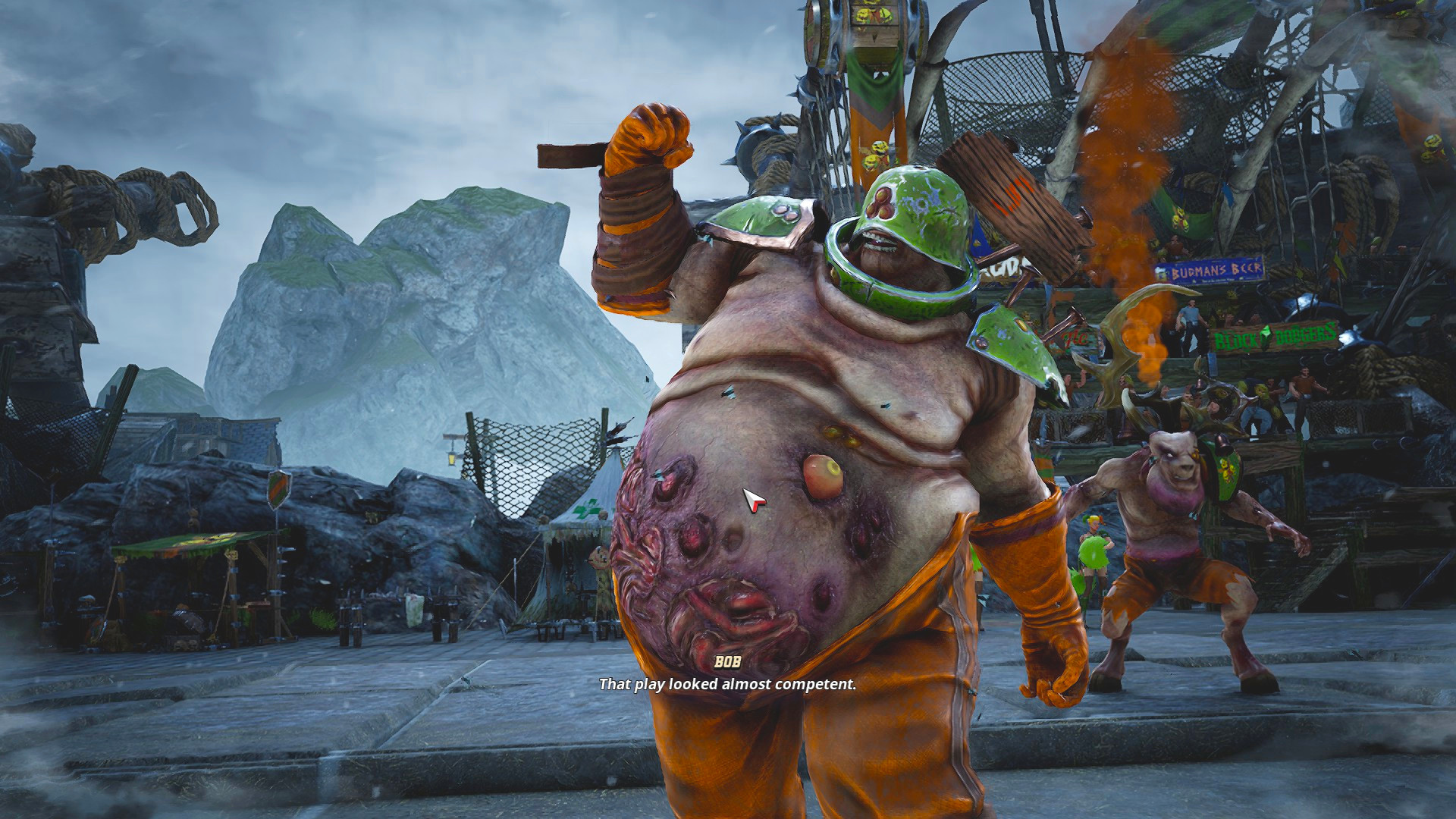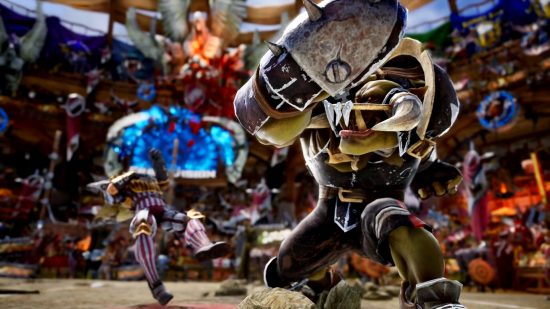The annual Bot Bowl tournament invites programmers to submit their Blood Bowl AI to compete for dominance in the tabletop fantasy football game. The tournament is the brainchild of an international team of AI researchers, including Niels Justesen of the IT University of Copenhagen, and it has run at the IEEE Conference of Games annually since 2019.
The 2022 tournament saw six bots (and a ‘baseline’ bot that makes random decisions) compete in a virtual Blood Bowl arena. The bots played ten games against each other, racking up points for wins. They were also limited to using a single, Human team, rather than any of the twenty or so Warhammer The Old World factions available, to limit the complexity and keep things fair.

The 2022 winner was a scripted bot – that is, one that relies on fixed algorithms – called Drefsante. The runner up was a machine learning bot called MotBot, which the judges say used “several neural networks, engineered features, evolutionary algorithms, and a pheromone-inspired technique to give weight to different spatial features on the board”. No, we don’t fully understand that either – it sounds like something the Tyranids would get up to.
These bots only competed against one another, not humans. The ‘baseline’ bot made totally random choices, and though it never won it still managed seven draws, including one against the winning AI, so we’re hesitant to call any of the other bots particularly scary.
Justesen and colleagues founded the Bot Bowl because they think Blood Bowl is “the next challenge for AI”. Blood Bowl looks superficially easy to build an AI for – it’s just a board game after all – but according to the team’s paper ‘Blood Bowl: A New Board Game Challenge and Competition for AI’, it’s actually an incredibly tough nut to crack.
Every Blood Bowl turn contains lots and lots of tiny decisions that a player won’t normally notice, like the selection of which player to move, the choice of square they move into next, or which action to declare and when. Each of these choices is a ‘branch’ in the turn, and every branch makes it harder for an AI to determine how the game will develop.
To give you a benchmark, there are about 30 branches in each turn of Chess, and 300 in a turn of Go. The AI researchers estimate that, at minimum, a Blood Bowl turn branches the game into 1030 different possible outcomes – that’s one, followed by 30 zeros. Some of their estimates put another 20 zeros on top of that. It’s a lot for an AI to cope with, and the paper itself identifies more – though some of them are a bit more technical.

Wargamer criticised the single-player AI in our Blood Bowl III preview, finding it defensive and unable to force hard decisions on the player. If the challenge the developers are facing is as steep as this research team claims, weak AI may be no reflection on their skills.
It’s also heartening to know that, no matter how bad we are when we get out Blood Bowl Second Season Edition at the game club, we’re up there with the cutting edge of AI.
We spoke to Gautier Brésard, project manager for Blood Bowl III, about the risks inherent in keeping Blood Bowl III multiplayer leagues true to the tabletop game, as well as the steps the team has taken to keep Blood Bowl III games nice and short. Our full Q&A will be coming out later this week, so stay tuned!

